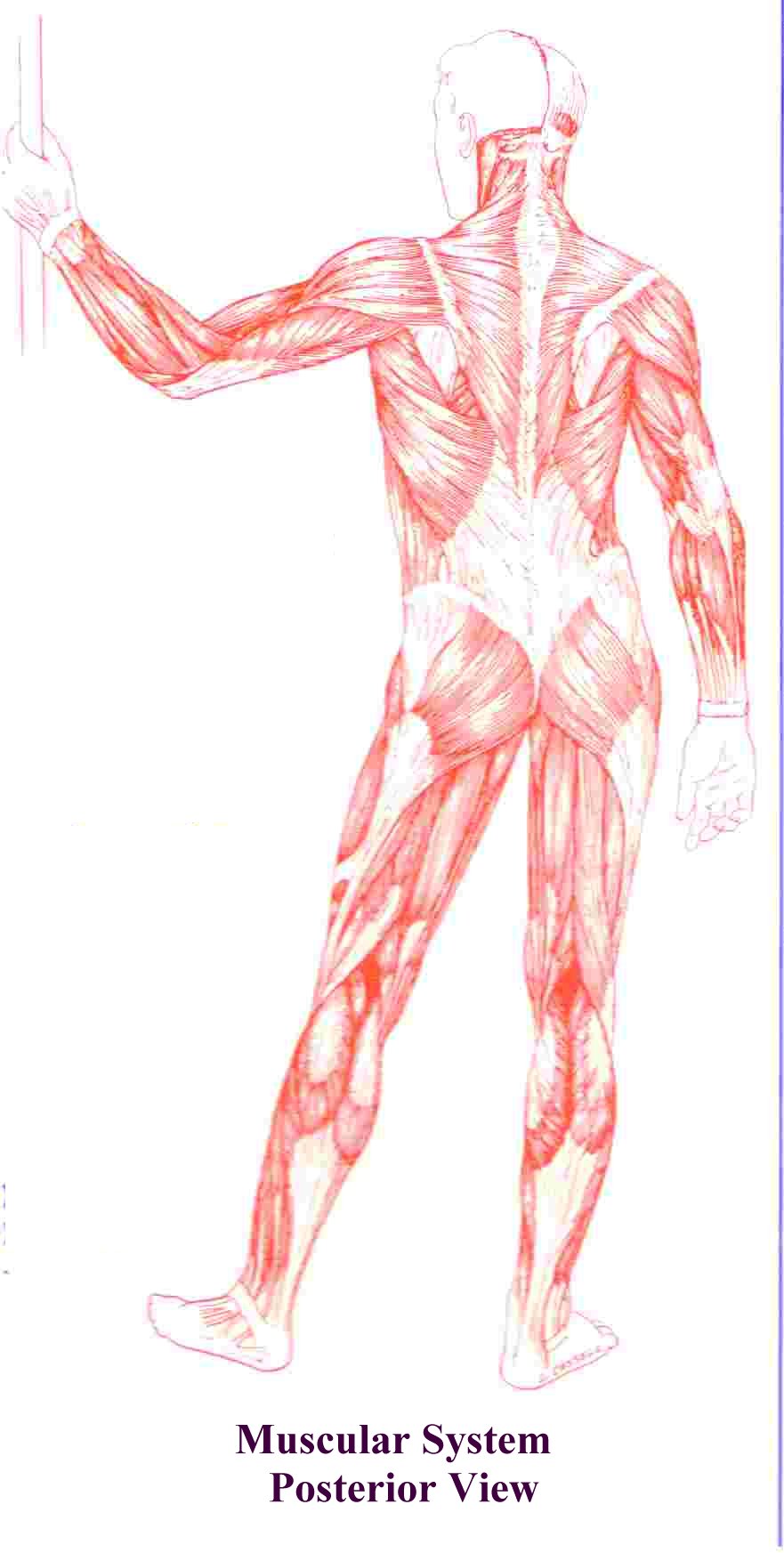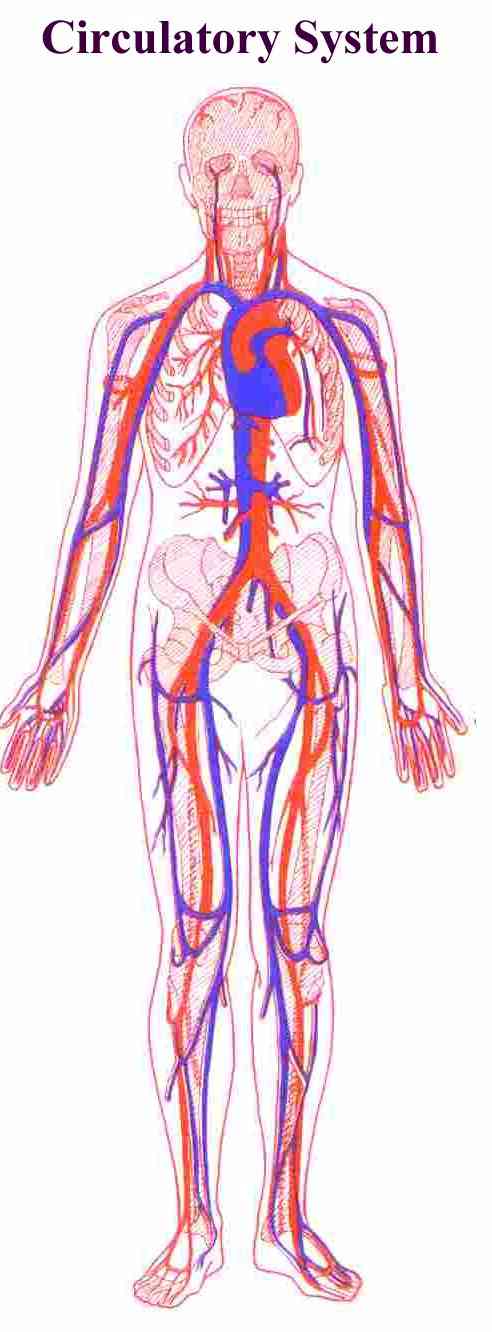 |
Face The average person carries a large amount of tension in the muscles of the face. Temporomandibular Joint Dysfunction (TMJ) a condition involving the masseter muscle in the jaw, thought to be one of the causes of migraine headaches can be addressed with massage therapy. |
| Abdomen Massage acts as a mechanical cleanser pushing along wastes and accumulated toxins and replacing them with fresh blood and increased oxygenation of the tissues. |
|
| Feet One of the most neglected areas, the feet respond to increased circulatory flow and flexibility induced by the soft-tissue manipulations of therapeutic massage. |
| Neck and Shoulders Relief from chronic tightness in the neck and shoulder area caused by stress, poor posture and job-related functions |
 |
| Lower Back Therapeutic massage applied to the lower back and spine brings relief from stiff, aching muscles attributed to weak tone of the abdominal muscles, muscle strains and muscle imbalances in the pelvic region |
|
| Legs Tired legs with muscle cramps and "nervous" twitching are aided by the increased circulation. Athletes, in training, appreciate the shortened recovery time brought about by massage therapy. |
| Return |
 |
Massage increases the blood supply and nutrition to muscles without adding to their load of toxic lactic acid, produced through voluntary muscle contraction. Massage thus helps to overcome harmful "fatigue" products resulting from strenuous exercise or injury. Massage can compensate, at least in part, for lack of exercise and muscular contraction in persons who, because if injury, illness or age, are forced to remain inactive. In these cases, massage helps return venous blood to the heart and so eases the strain on this vital organ. |
| Return |
| Therapeutic massage has a tranquilizing effect on the central nervous system. The effects felt are naturally induced by the body's own pain killers called endorphins. This is a direct aid in dealing with overstressed lifestyles present in our society. |  |
| Return |
|
Reiki (Ray Kee) is a Japanese word for Universal Life Energy. A powerful, yet gentle, hands-on methodology for healing the self and others. Reiki supports the wonders of modern medicine through tapping into ancient symbols stored in our subconscious mind. Using these symbols and sounds, Reiki assists in bringing the body, mind and spirit into balance. Tremendously effective in reducing pain, awakening the power of your intuition, and guiding you to a path of joy and inner peace. |
|
Open yourself to this "sole-full" experience. Reflexology combines massage with the focus on trigger points on your feet that correspond to every organ in your body. In a reflexology session, we work to dissipate energy blocks, stimulate the circulatory and lymphatic systems, and encourage the release of tension, thus accelerating the ability of the total body, mind and spirit to heal itself. |